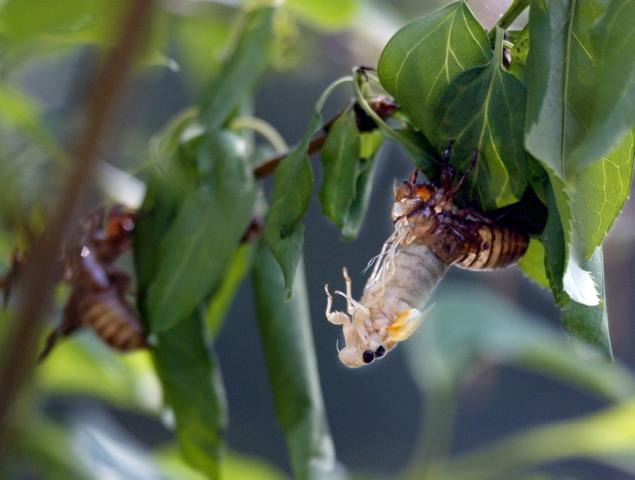-
Tips for becoming a good boxer - November 6, 2020
-
7 expert tips for making your hens night a memorable one - November 6, 2020
-
5 reasons to host your Christmas party on a cruise boat - November 6, 2020
-
What to do when you’re charged with a crime - November 6, 2020
-
Should you get one or multiple dogs? Here’s all you need to know - November 3, 2020
-
A Guide: How to Build Your Very Own Magic Mirror - February 14, 2019
-
Our Top Inspirational Baseball Stars - November 24, 2018
-
Five Tech Tools That Will Help You Turn Your Blog into a Business - November 24, 2018
-
How to Indulge on Vacation without Expanding Your Waist - November 9, 2018
-
5 Strategies for Businesses to Appeal to Today’s Increasingly Mobile-Crazed Customers - November 9, 2018
Brood of 17-Year Cicadas May Emerge Soon
This cicada cycle started in 1999. Soon, their numbers will swell in locations in Ohio, New York, Pennsylvania, Maryland and Virginia and West Virginia, making a racket as the males call for the females.
Advertisement
“Periodical cicadas (Magicicada spp.) are different from the more familiar “annual” cicadas that emerge later in the summer”. Most of these broods are comprised of different species of cicada, and different broods emerge and swarm around different parts to the country (in different years). If you haven’t seen or heard them in a while, it might be because they live underground on a 17-year cycle, then come out to mate.
As Penn State’s College of Agriculture Science explains, “The numbering of the 17-year broods began with the 1893 brood which was designated as Brood I. In 1909, Brood XVII appeared, and in 1910, Brood I appeared again”.
– Next month, as temperatures warm, billions of cicadas will begin to emerge from the ground as their internal clocks hit the 17-year mark. They are expected to emerge in May, once the soil beneath the ground reaches 64 degrees Fahrenheit. There are seven species – four with 13-year life cycles (including one new species described in 2000), and three with 17-year cycles.
Females will lay eggs in the bark of trees and twigs.
A few broods in the South have 13-year mating cycles. However, the USDA reports Brood V is the largest.
The one emerging in May is Brood V, which includes Magicicada septendecim, Magicicada cassini and Magicicada septendecula, The Star Beacon reported.
Advertisement
Wendy Weirich is the director of Outdoor Experiences for Cleveland Metroparks and told the newspaper: ‘It’s going to be a wild ride.




























